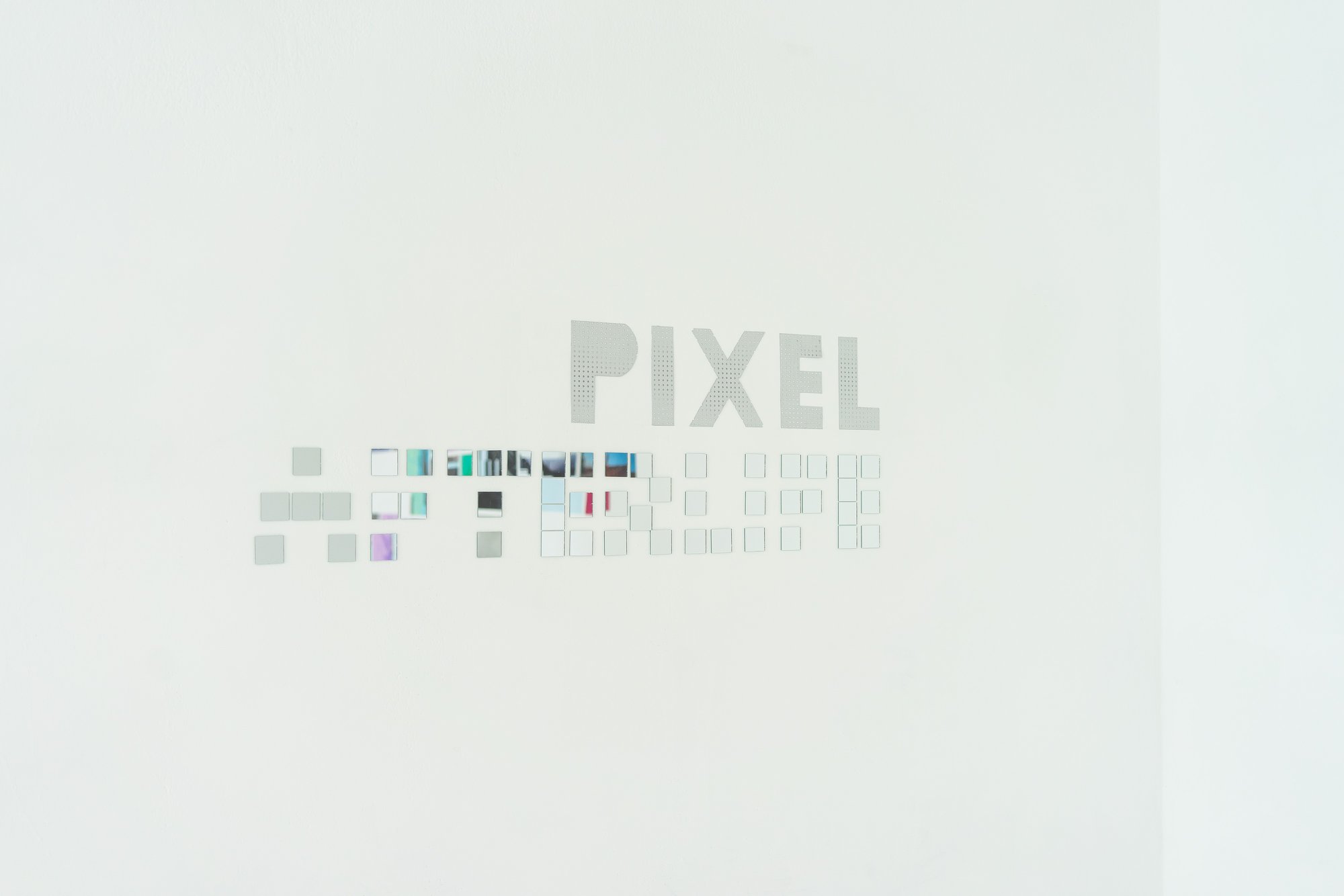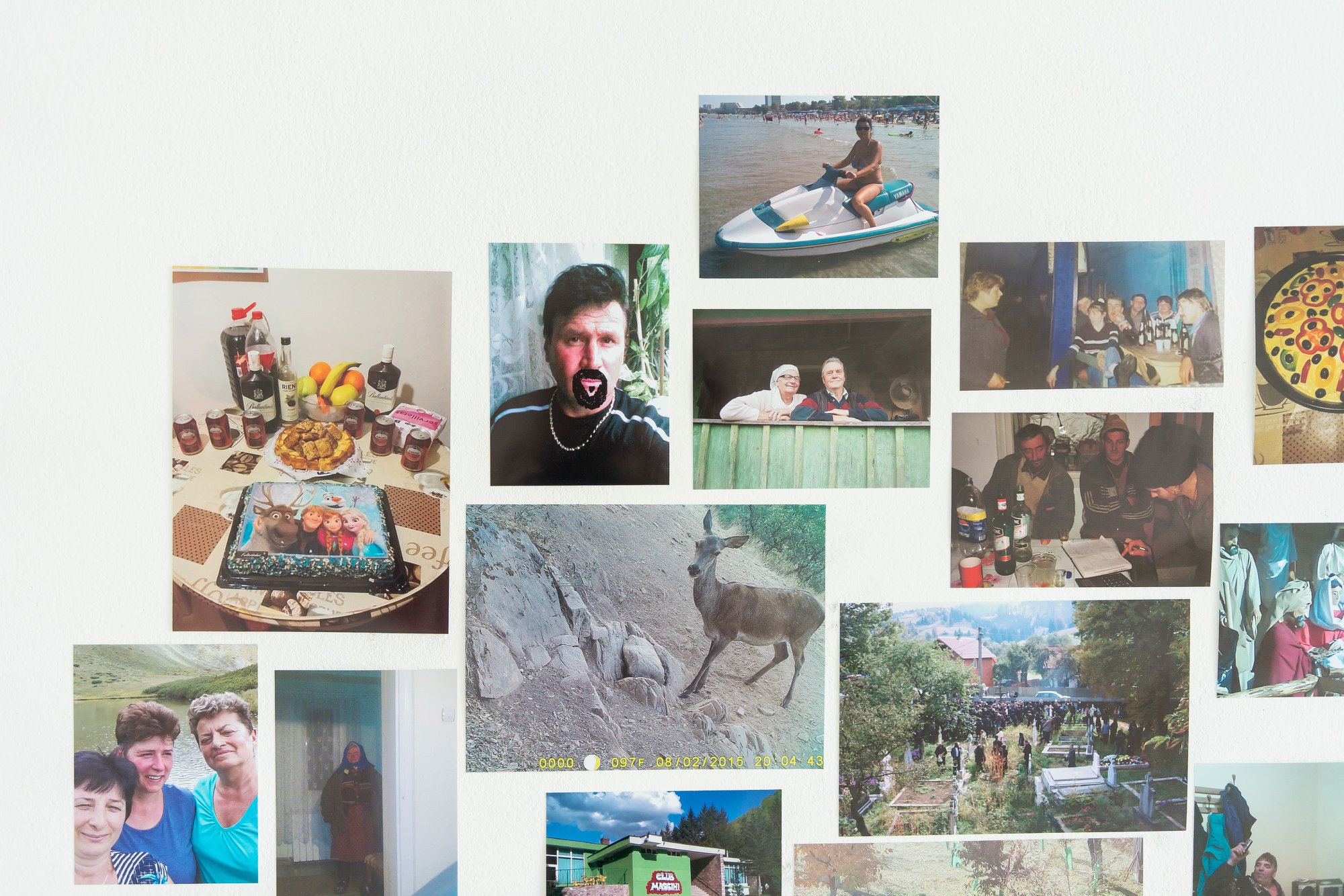[Close]
Sergiu Sas
Sergiu Sas (b. 1981) is an engineer and a multimedia artist. He is a member of the kinema ikon and biserika groups. Through his works, which are more often than not participative and characterized by irony and humor, he aims to dismantle certain social, cultural and/or religious obsessions. His preferred media of expression are installation, photography, video and intervention in public space.
Selected exhibitions: Pixel Afterlife, Lapsus (2020); dig:it, Arad Art Museum (2019), “Evadare din Gradina Maicii Domnului”, Spatiul 2/2, Timisoara (2018); “Art Encounters” Biennial Timisoara (2017); DADADA, Arad Art Museum (2016); The Sons and Daughters of Brâncuși. A family saga, MAGMA Contemporary Art Space, Sfântu Gheorghe (2016); Natura, Pygmalyon Gallery, Timișoara (2016); REMX Media Arts Festival, Arad (2015); The Sons and Daughters of Brâncuși. A family saga, ArtEncounters, Timișoara (2015); The City and Me, Pardubice / Linz / Genoa (2015); R.A.M. Media Art Festival, Arad (2014); Feroviara Transdimensională [Transdimentional Railway], Pygmalyon Gallery, Timișoara (2014); Garden of Freaky Delights, Arad Art Museum (2014); Crăciunikon, Arad Art Museum (2014); Waiting Spaces I/II/III, Timișoara (2012-2014).
Pixel Afterlife
New media is old, and instead of exploiting new technologies, Sergiu Sas practices a form of digital archaeology which salvages erased data from used flash drives using recovery software. In a sense, the reanimation of jpeg and mov files shows us that data can be haunting.
This gesture is meant to highlight fragments of somewhat random human activity today. From job trainings, artificial disasters, work accidents and robberies to serene western tourists and traditional drunken stupors recorded by the owners of the flash drives Sergiu recovered from the flea market, these resurrected files find new life under our gaze.
Through our choice of subject and files, we tried to document some activities of different owners. Take all contrasts and details of these recovered happenings and see them as co-realities, distant from each other but relatable through their banality and familiarity. It is bizarre seeing them because they have an aura of privacy, of shame and naivete which is what the artist was looking for to give us a peek into digitized memories, reactivated from the dormant and discarded little drives.
Pixel afterlife is a media archaeology project focused on the discovery of new personal secondary narratives represented through digital images that were deleted and recovered through scanning with a specific software from second-hand digital storage units, such as hard disks, USB memory sticks or SD cards purchased from the flea market.

residual jpegs from installed software and web navigation


Deleted images resurrected as zombie jpegs
“I don’t have no fear of death. My only fear is coming back reincarnated.”
Tupac Shakur
After passing to the digital void through delete and after the resurrection through deep scan, a large part of the pixels returned transformed, the resulting jpegs suffering severe mutations, a big part of them not being recognizable. This is, however, in full agreement with the countless historical and / or cultural examples of resurrection, and can conclude that any resurrection comes with a (terrible, as we will see in the following) price. The subject of resurrection can no longer enjoy the same life it had before its death, it cannot continue as if nothing had happened, the very necessary reintegration being often insufficient.
Like the concept of the Holy Trinity, which is central to the spiritual life of the Orthodox Christians and regulates their system of religious beliefs and ideas, the RGB does the same for the pixels. The values of Red, Green and Blue, this Father, Son and Holy Spirit of the pixel, define its colour and implicitly its “personality” and its basic function. Before deleting the jpeg, each pixel had a specific function, by its unique colour together with the other pixels forming an image, and thus being a harmonious part of an entire meaningful jpeg. But after the revival of the jpeg, a large part of the pixel components become uniform, having all the same RGB and forming compact blocks of different colours that block or distort (we can even say “attack”) the initial meaning of the jpeg. This process strikingly resembles the resurrection of the human dead (sometimes animals – “Pet Sematary”) in the form of zombies. If during life every man has a unique condition in the world – a married postman with four children, a lonely and alcoholic accountant, a footballer from the county championship or a police officer from the rural area – after returning as zombies, they all become dispossessed of these characteristics that offered them uniqueness, instead being standardized by the common desire to attack the living and corrupt / infect them to become zombies.
It seems that the threshold between life and death is a difficult one to cross, even in the opposite direction, the return to life implying a transformation.
In the series “Star Trek: Voyager” (1995-2001), in the episode “Mortal Coil”, Neelix is killed in a mission to collect protomatter from a nebula. Nearly 19 hours after his death, he is brought back to life through a technique devised by Seven of Nine. But because in the 19 hours he was dead he did not perceive the world beyond what he was expecting, his belief system is deeply shaken. Coming to the conclusion that his life has no meaning, that nothing makes sense, he decides to commit suicide by teleportation in the middle of the nebula. However, he is saved at the last moment by the involuntary intervention of Samantha Wildman, Neelix realizing that although there may not be a later life, he has an important role on the ship and implicitly his existence makes sense.
The rapper Tupac Shakur, who died in 1996, was resurrected as a hologram for the Coachella music festival 2012. Although during his life he sang about the hard life of ghettos, about racism and about economic and social equality, his return as a hologram was a manipulation by corporations in the music industry, in order to obtain financial profit.
The god Baal (or Ba’al / Bel / Belu) is present in antiquity in the Canaanite, Phoenician or Mesopotamian cultures, representing the god of rain, storm, lightning and thunder, the god of fertility, the god of life, the god of time, a powerful fighter against evil forces. As the respective cultures disappear, Baal also disappears, being “resurrected” later in the Middle Ages as a demon. Thus, from a positive hero, a god of life assertion, Baal, after resurrection (in fact a mutation of the perception strongly influenced by Christianity), is corrupted and becomes a demon in medieval culture.
One of the most important representatives of Russian cosmism, Nikolai Fyodorovich Fyodorov, suggests the extension of life, immortality and even the resurrection of the dead through scientific means. Although such scientific means did not exist, do not exist and are not too soon to be invented, the prospect of the resurrection of all deceased people has given rise to many speculations, especially in contemporary left-thinking currents. An interesting aspect is raised by Arsenyi Zhilyaev in the book “Art Without Death: Conversations on Russian Cosmism” and is related to the adaptability of the resurrected to the contemporary world. It is hard to imagine a medieval peasant scrolling on Facebook, and even more difficult a man from the stone age trying to contract a bank loan, or a Sumerian priestess taking selfies in front of the People’s Salvation Cathedral. That is why it is proposed to create reservations for those resurrected, possibly on other planets. Off-topic, it must be said that one of the pioneers of the theory of space exploration and cosmonautics was Konstantin Tsiolkovsky, himself a prominent representative of cosmism. These reservations would be some worlds themselves, representing a certain period in the history of mankind, some dioramas on a planetary scale (the analogy is not coincidental, Fyodorov proposing that the museums take care of curating the resurrection of the dead). So even in this case, the resurrection is not simple, even if the scientific means for such a process would exist. Those who come back would be strangers to our world, misfits, anomalies. They would be some corrupt pixels in the jpeg of our existence.



Jewelry burglary, found on second hand USB stick



